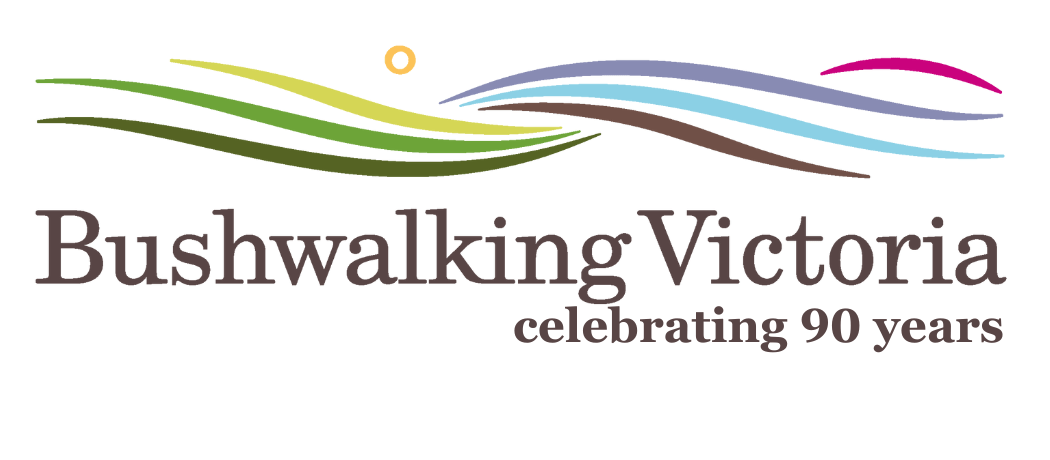You Yangs Regional Park
Begin Bushwalking
Tips to get Started
Walking in the Australian bush is a great way to improve your health and fitness, see wonderful new scenery, and perhaps make new friends. We want to assist people who are new to bushwalking in Australia to have a safe and enjoyable outdoor experience. This website gives some simple advice to help you choose a walk that suits your needs, and guides you to plan, prepare and stay safe on your walk.
Choose
Purpose of your walk
- Are you walking to enjoy nature, flowers and birds? If so, your walk will take longer than if you walk without stopping.
- Are you walking to improve your fitness? If so, look for some challenges. Perhaps choose a walk that has a few hills, slopes or stairs.
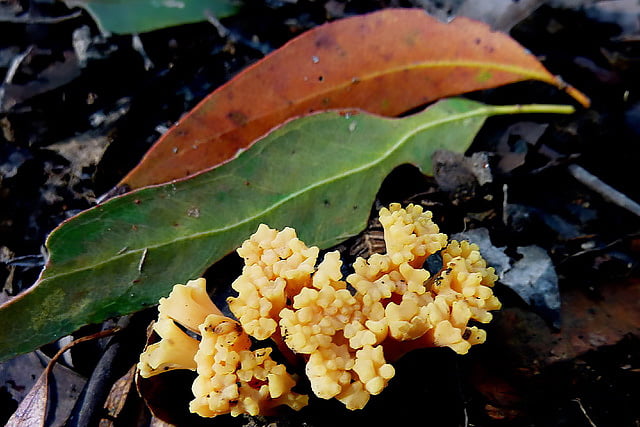
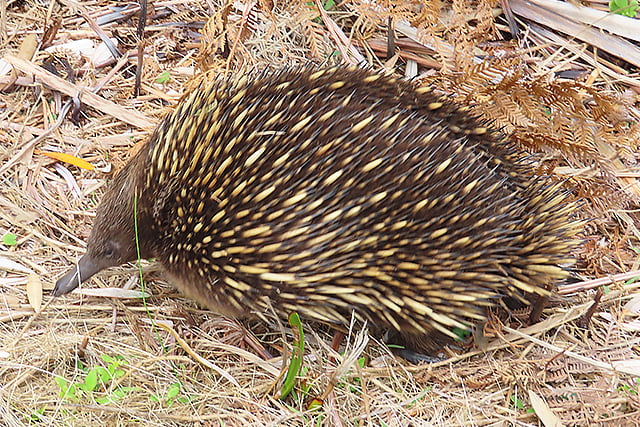
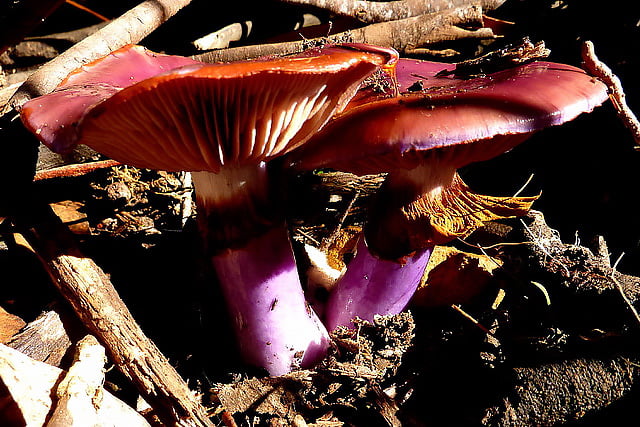
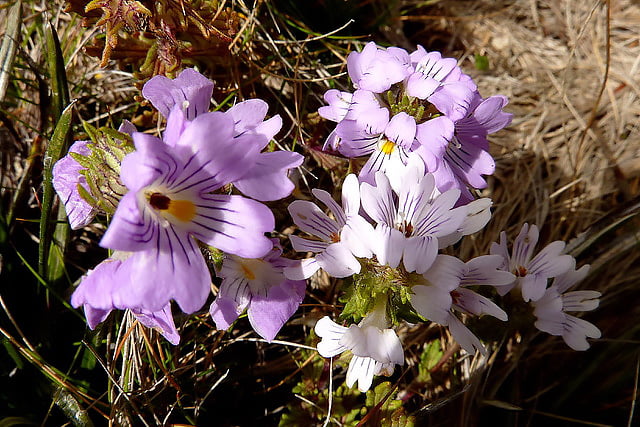

Who you will be walking with
- It is always best to bushwalk with other people.
- If there will be more than four people in your group it is a good idea to nominate a responsible person who will take the lead to ensure preparation is done and all walkers are looked after.
- The speed and fitness of the slowest person will decide how far you can walk and how quickly.
- If you have children, how far can they walk?
- If you have elderly people or people with disabilities, they may not be able to walk far and may need to walk on easy tracks.
Level of difficulty
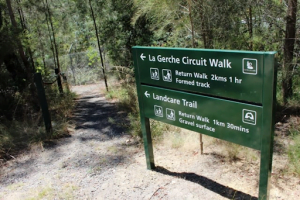
Your choice of first bushwalk should:
- take no more than four hours
- be rated either grade 1 or 2 or easy or moderate
- be on a track that is well maintained and has signposts
- be informed by your level of ability.
Finding a good first walk
- Contact a local Tourist Information Centre and ask about walks in the area.
- Libraries, bookshops and outdoor shops have guide books on walking that include maps and detailed track notes.
This interactive map gives some suggestions for a first walk in many different parts of Victoria, including sources for more information. There are many more like these that you could find.
Select a location marker on the following map to find out more about its related walk.
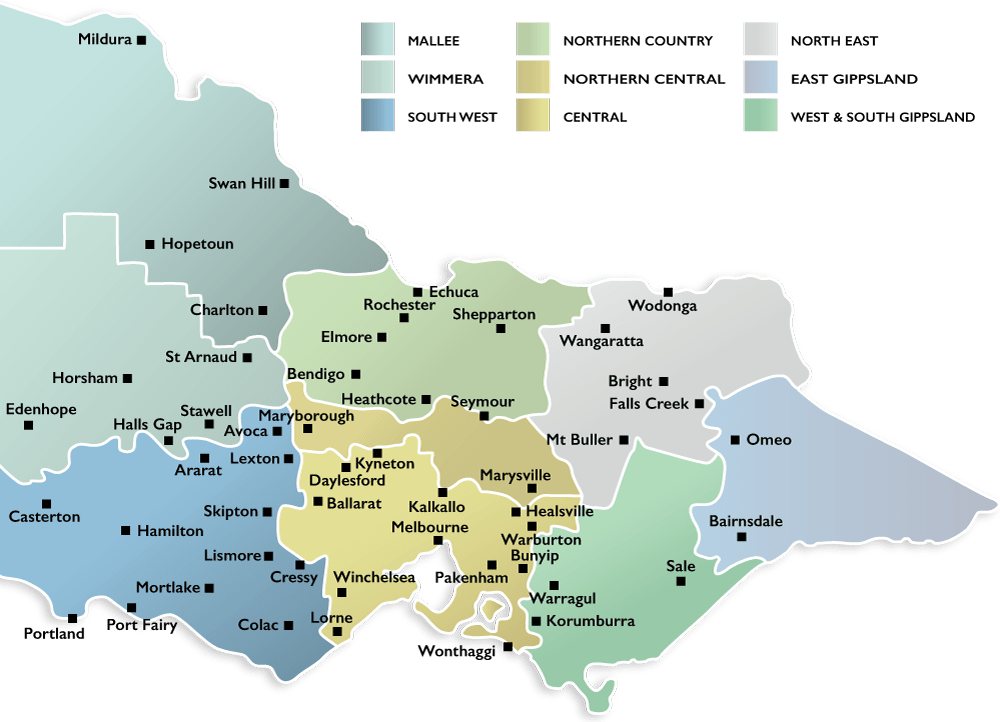
Walk Name:
Sherbrooke Falls Walking Track, Sherbrooke Forest
Where in Victoria:
1 hour from Melbourne,
Dandenong Ranges
Walk Distance:
2.5km
Approx. Walk Time:
45 minutes
Reference to track notes and/or map:
Track Notes
Walk Name:
Anakie Gorge, Brisbane Ranges
Where in Victoria:
1 hour from Melbourne near Steiglitz
Walk Distance:
3.5 km
Approx. Walk Time:
1.5 hours
Reference to track notes and/or map:
Track Notes
Walk Name:
Central Springs to Tipperary Springs Daylesford
Where in Victoria:
1.5 hours from Melbourne
Walk Distance:
8.5 km
Approx. Walk Time:
2.5 hours
Reference to track notes and/or map:
Track Notes
Walk Name:
Lillypilly Gully Nature Walk, Wilsons Promontory
Where in Victoria:
3 hours from Melbourne, Gippsland
Walk Distance:
5.5 km
Approx. Walk Time:
1.5 hours
Reference to track notes and/or map:
Track Notes
Walk Name:
Woodlands walk, Hattah Kulkyne National Park
Where in Victoria:
5 hours from Melbourne near Mildura
Walk Distance:
2.5 km
Approx. Walk Time:
1 hour
Reference to track notes and/or map:
Track Notes
Walk Name:
View Point Mount Buffalo
Where in Victoria:
4 hours from Melbourne near Bright
Walk Distance:
4 km
Approx. Walk Time:
2 hours
Reference to track notes and/or map:
Track Notes
Walk Name:
Mushroom Rocks, Baw Baw National Park
Where in Victoria:
3 hours from Melbourne near Erica
Walk Distance:
3 km
Approx. Walk Time:
3 hours
Reference to track notes and/or map:
Track Notes
Walk Name:
East West Walk, You Yangs Regional Park
Where in Victoria:
1.5 hours from Melbourne near Geelong
Walk Distance:
4.5 km
Approx. Walk Time:
2 hours
Reference to track notes and/or map:
Track Notes
Walk Name:
Branding Yard Trail , You Yangs Regional Park
Where in Victoria:
1.5 hours from Melbourne near Geelong
Walk Distance:
5 km
Approx. Walk Time:
2.5 hours
Reference to track notes and/or map:
Track Notes
Walk Name:
George Bass Coastal Walk, George Bass Coastal Park
Where in Victoria:
2 hours from Melbourne near Kilkunda
Walk Distance:
7 km one way
Approx. Walk Time:
2 hours
Reference to track notes and/or map:
Track Notes
Walk Name:
Fingal Beach Walk, Mornington Peninsula National Park
Where in Victoria:
2 hours from Melbourne near Sorrento
Walk Distance:
5 km
Approx. Walk Time:
2 hours
Reference to track notes and/or map:
Track Notes
Walk Name:
Ocean View Circuit Walk, Great Otway National Park
Where in Victoria:
2 hours from Melbourne near Anglesea
Walk Distance:
4.5 km
Approx. Walk Time:
2 hours
Reference to track notes and/or map:
Track Notes
Select a location marker...
Walk Name:
Sherbrooke Falls Walking Track, Sherbrooke Forest
Where in Victoria:
1 hour from Melbourne, Dandenong Ranges
Walk Distance: 2.5 km
Approx. Walk Time: 45 minutes
Reference to track notes and/or map: Track Notes
Walk Name:
Anakie Gorge, Brisbane Ranges
Where in Victoria:
1 hour from Melbourne, near Steiglitz
Walk Distance: 3.5 km
Approx. Walk Time: 1.5 hours
Reference to track notes and/or map: Track Notes
Walk Name:
Lillypilly Gully Nature Walk, Wilsons Promontory
Where in Victoria:
3 hours from Melbourne, Gippsland
Walk Distance: 5.5 km
Approx. Walk Time: 1.5 hours
Reference to track notes and/or map: Track Notes
Walk Name:
Woodlands walk, Hattah Kulkyne National Park
Where in Victoria:
5 hours from Melbourne near Mildura
Walk Distance: 2.5 km
Approx. Walk Time: 1 hour
Reference to track notes and/or map: Track Notes
Walk Name:
Mushroom Rocks, Baw Baw National Park
Where in Victoria:
3 hours from Melbourne near Erica
Walk Distance: 3 km
Approx. Walk Time: 3 hours
Reference to track notes and/or map: Track Notes
Walk Name:
East West Walk, You Yangs National Park
Where in Victoria:
1.5 hours from Melbourne near Geelong
Walk Distance: 4.5 km
Approx. Walk Time: 2 hours
Reference to track notes and/or map: Track Notes
Walk Name:
Branding Yard Trail , You Yangs National Park
Where in Victoria:
1.5 hours from Melbourne near Geelong
Walk Distance: 5 km
Approx. Walk Time: 2.5 hours
Reference to track notes and/or map: Track Notes
Walk Name:
George Bass Coastal Walk, George Bass Coastal Park
Where in Victoria:
2 hours from Melbourne near Kilkunda
Walk Distance: 7 km
Approx. Walk Time: 2 hours
Reference to track notes and/or map: Track Notes
Walk Name:
Fingal Beach Walk, Mornington Peninsula National Park
Where in Victoria:
2 hours from Melbourne near Sorrento
Walk Distance: 5 km
Approx. Walk Time: 2 hours
Reference to track notes and/or map: Track Notes
Walk Name:
Ocean View Circuit Walk, Great Otway National Park
Where in Victoria:
2 hours from Melbourne near Anglesea
Walk Distance: 4.5 km
Approx. Walk Time: 2 hours
Reference to track notes and/or map: Track Notes
Walk Name:
Central Springs to Tipperary Springs Daylesford
Where in Victoria:
1.5 hours from Melbourne
Walk Distance: 8.5 km
Approx. Walk Time: 2.5 hours
Reference to track notes and/or map: Track Notes
Walk Name:
View Point Mount Buffalo
Where in Victoria:
4 hours from Melbourne near Bright
Walk Distance: 4 km
Approx. Walk Time: 2 hours
Reference to track notes and/or map: Track Notes
Prepare
Gather information
- Find out as much as you can about your chosen walk so that you know what to expect in the way of terrain and points of interest. Be sure to have a map to take with you, either paper or downloaded to your phone. Get track notes, if possible, but check the date they were written. Information written some time ago may no longer be accurate.
- You can download maps from the National Parks website for your local state, you can get a map from a Tourist information Centre or outdoor shop, or you can take a photo of a sign with your phone.
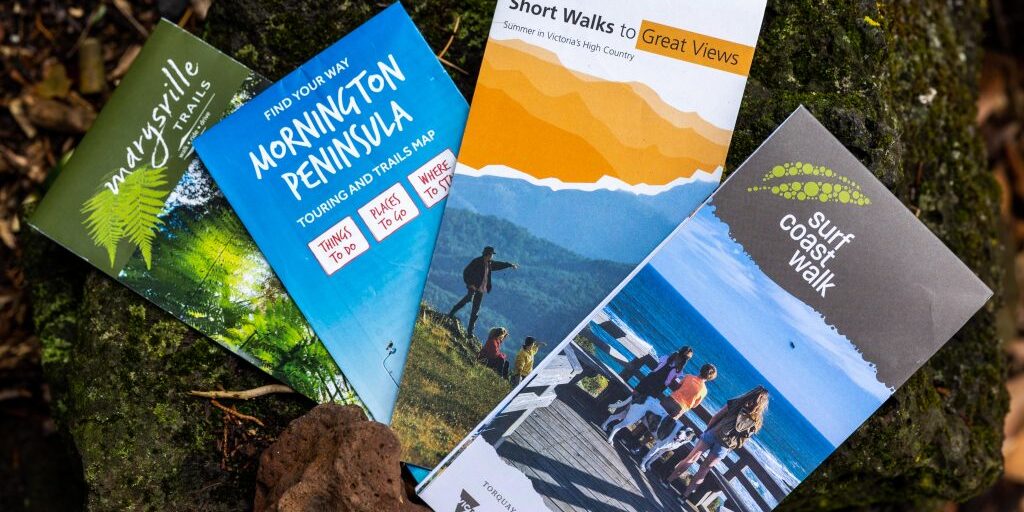
Prepare your phone
- Your phone can give you maps of the walk, information on weather and access to emergency services on 000.
- Make sure the battery is fully charged before you leave home.
- Download the Vic Emergency app to your phone. This will let you know if there are any warnings as to why you should not walk in an area.
- Download the Emergency Plus app to your phone. If you need emergency assistance on your walk, this will connect you directly and provide your exact location.

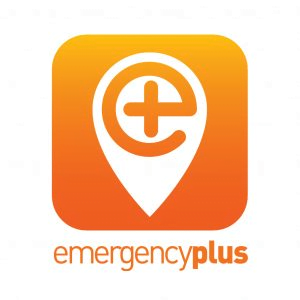
Tell someone that you are going
- Tell your emergency contact where you are going, what time you expect to return and what to do if you do not come back in time.
- If you do not come home on time, you will need someone to contact the police to search for you.
Health
- Make sure someone in the group is aware if you have a pre-existing medical condition or injury (in case of emergencies).
- If you are seriously hurt, it can be very expensive for an ambulance to get to bush areas. Make sure you have ambulance insurance cover.
Check predicted walk conditions
- Check the detailed 7-day weather forecast for your planned walk area. Find out how hot, cold, wet or windy it will be. This will help you decide what extra clothes and water you should take.
- Also check for extreme conditions such as storms, hail, lightning, high winds, floods or fires in case you have to cancel or postpone the walk.
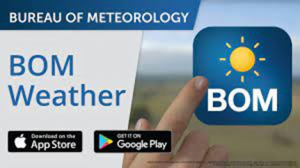
Pack the night before
Have you packed everything that you need?
Check out the Take & Wear section for details.
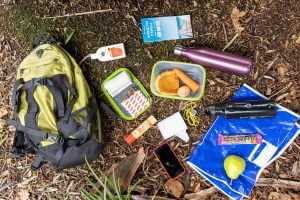
Take & Wear
What to Take
Carry your gear in a small, sturdy, comfortable back pack. Side-pockets for water bottles are useful. You need room for food, essentials, and any clothing you are not wearing.
Food and drink
- A lunch box to prevent food getting crushed and to take your rubbish home
- Easy to carry food such as muesli bars, nuts, chocolate, hard boiled eggs in shell, chopped carrots, fruit, sandwiches or wraps
- At least 2 litres of water, more if it is warm
Other essentials
- Map showing features and details of tracks in the area surrounding your planned walk
- Mobile phone
- First aid kit including elastic bandages, antiseptic cream, Band-Aids, sun screen lotion, insect repellent
- Tissues or toilet paper (not wipes as they are not biodegradable)
- Whistle (to attract attention if lost)
- Something waterproof to sit on: a heavy-duty plastic bag will do
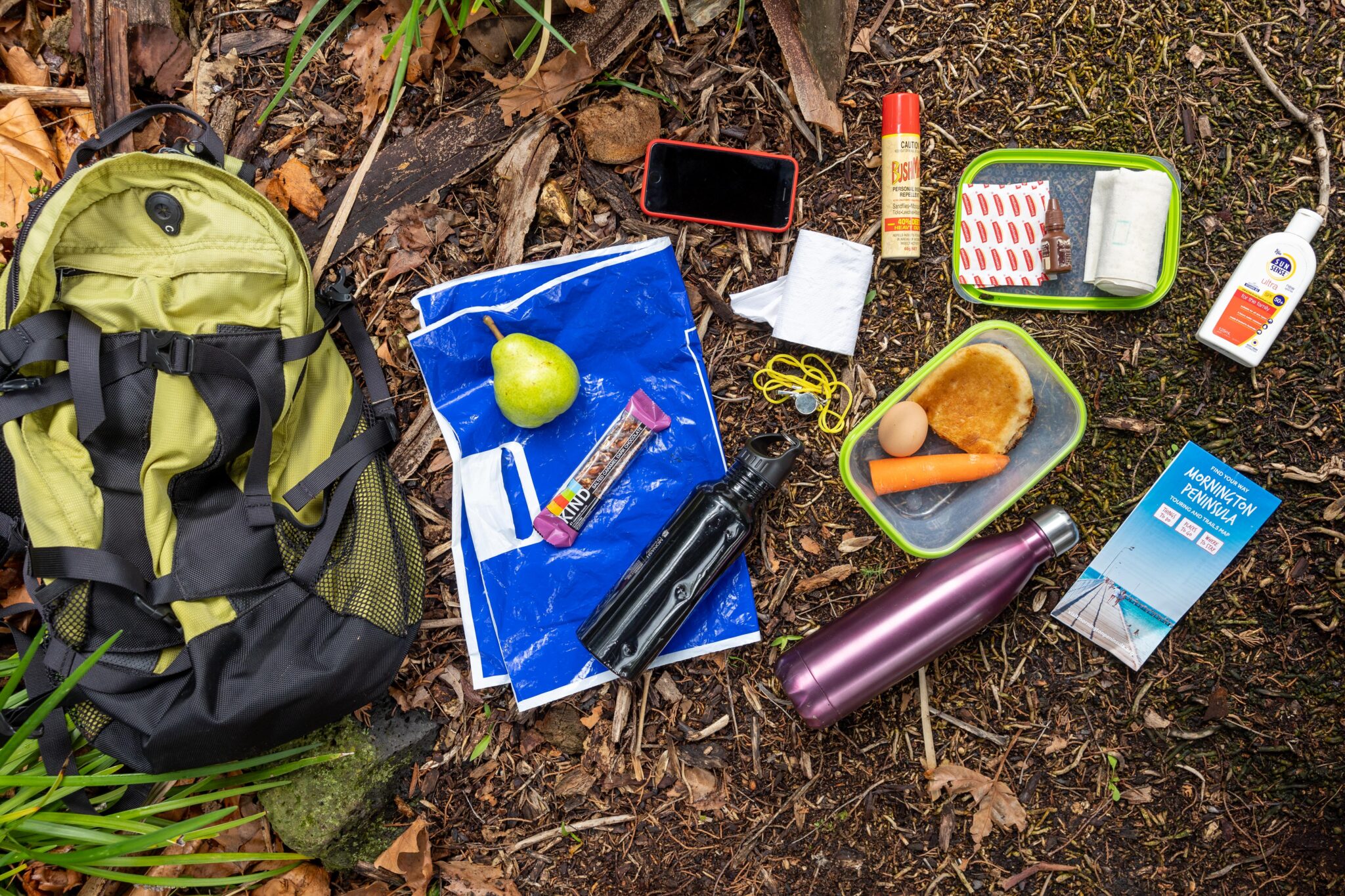
Comfortable pack with room for everything
At least 2 litres of water
At least 2 litres of water
Lunchbox for food and snacks and to take rubbish home
Map with track details
Charged phone
First Aid: elastic bandages, bandaids, antiseptic cream, sun screen, insect repellent
Tissues or toilet paper
Whistle to get attention if lost
Light foam or thick plastic to sit on
What to Wear
In summer
- Wear comfortable, enclosed walking or sports shoes. Boots are not necessary for your first walk. Sandals or thongs are not suitable walking footwear.
- Clothes should be comfortable, light and loose. Long pants or shorts are fine in summer. A long sleeved shirt with a collar provides best sun protection.
- Carry a light weight rain jacket to protect you from the wind as well as the rain.
- Remember sunscreen and a sun hat with a brim.
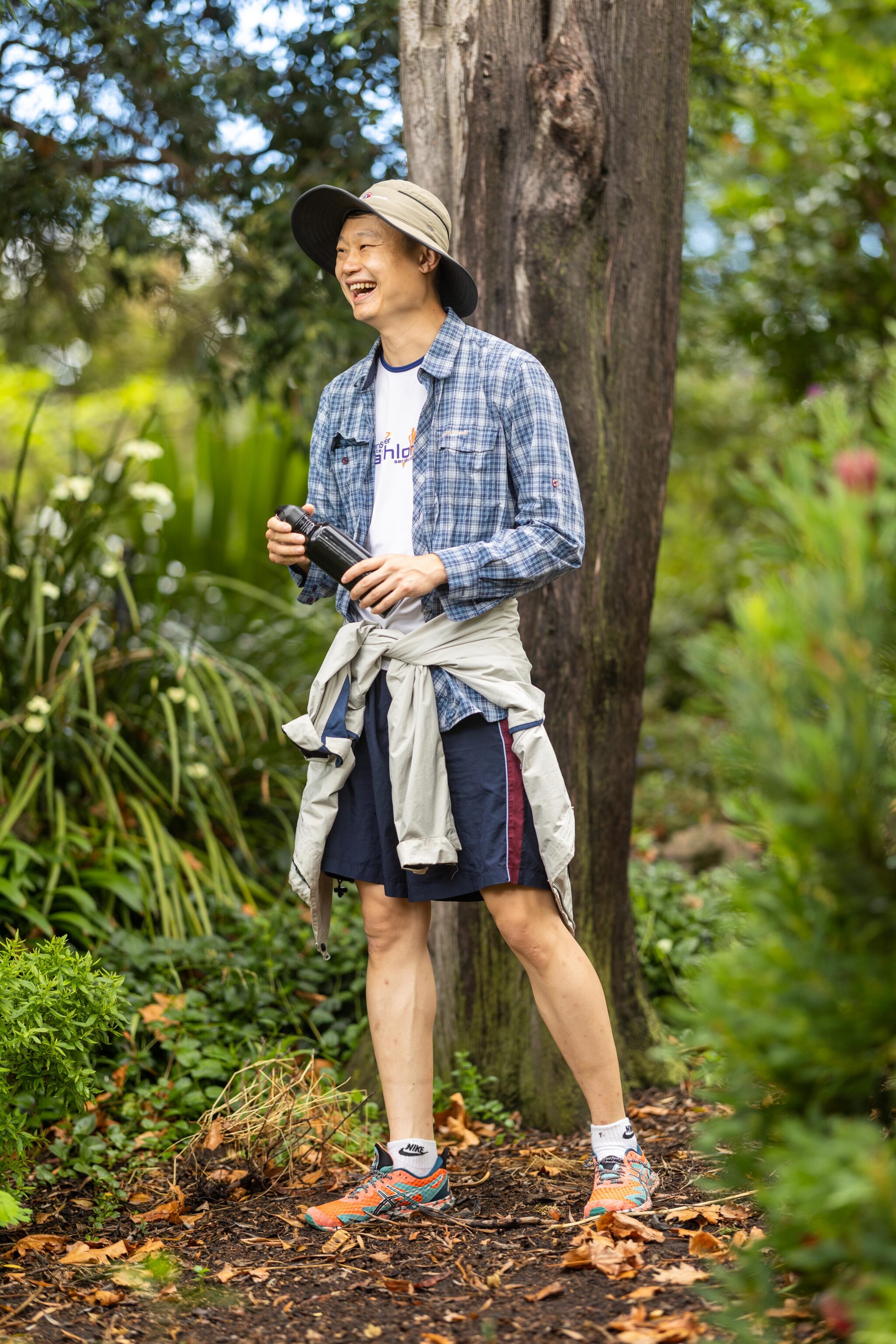
Sun hat with wide brim
Long sleeved shirt with collar
Light weight jacket for wind and rain
Comfortable shorts or long pants
Comfortable enclosed walking/sports shoes
Summer
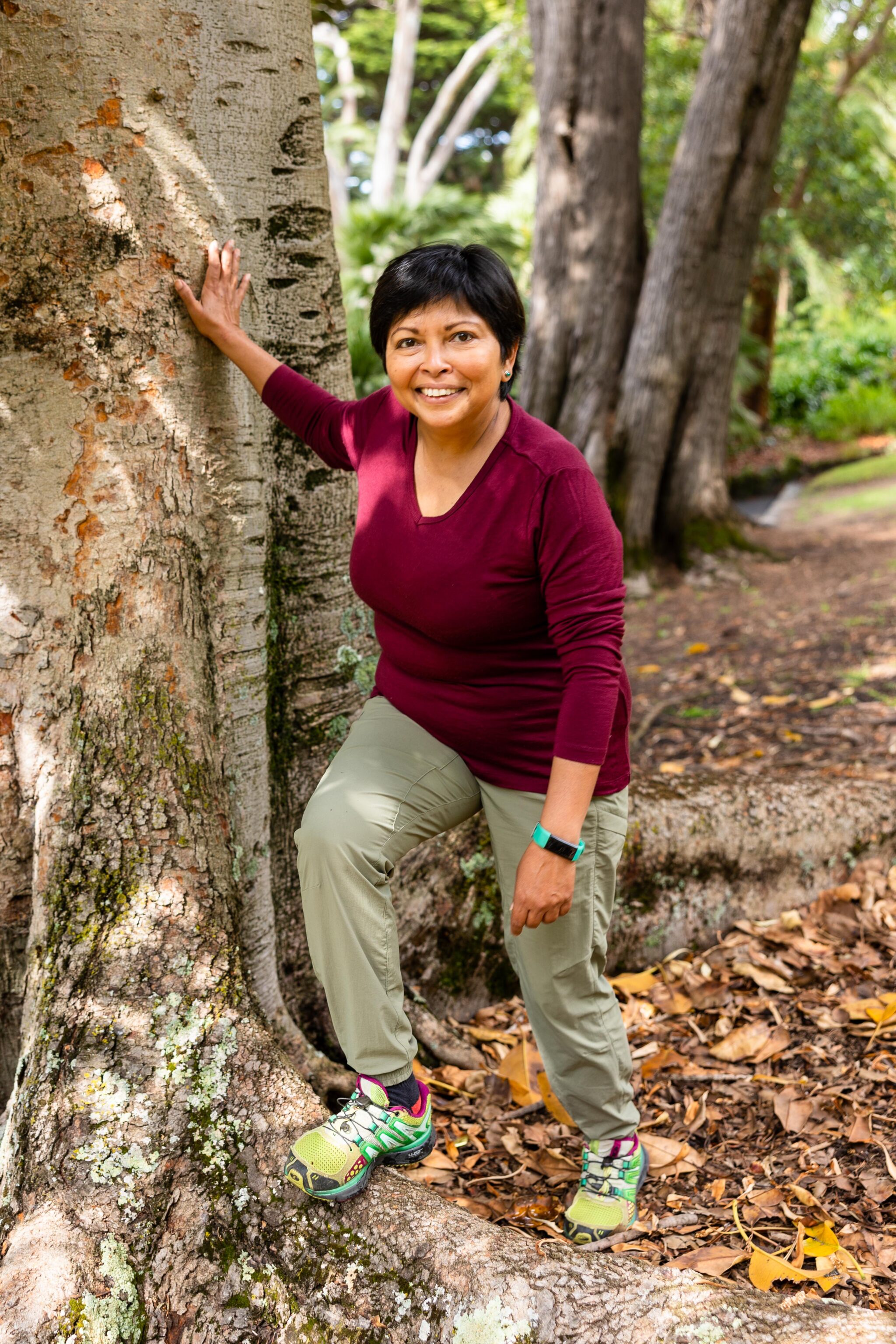
Thermal top
Long pants
Waterproof enclosed shoes with good grip
Winter Base Layer
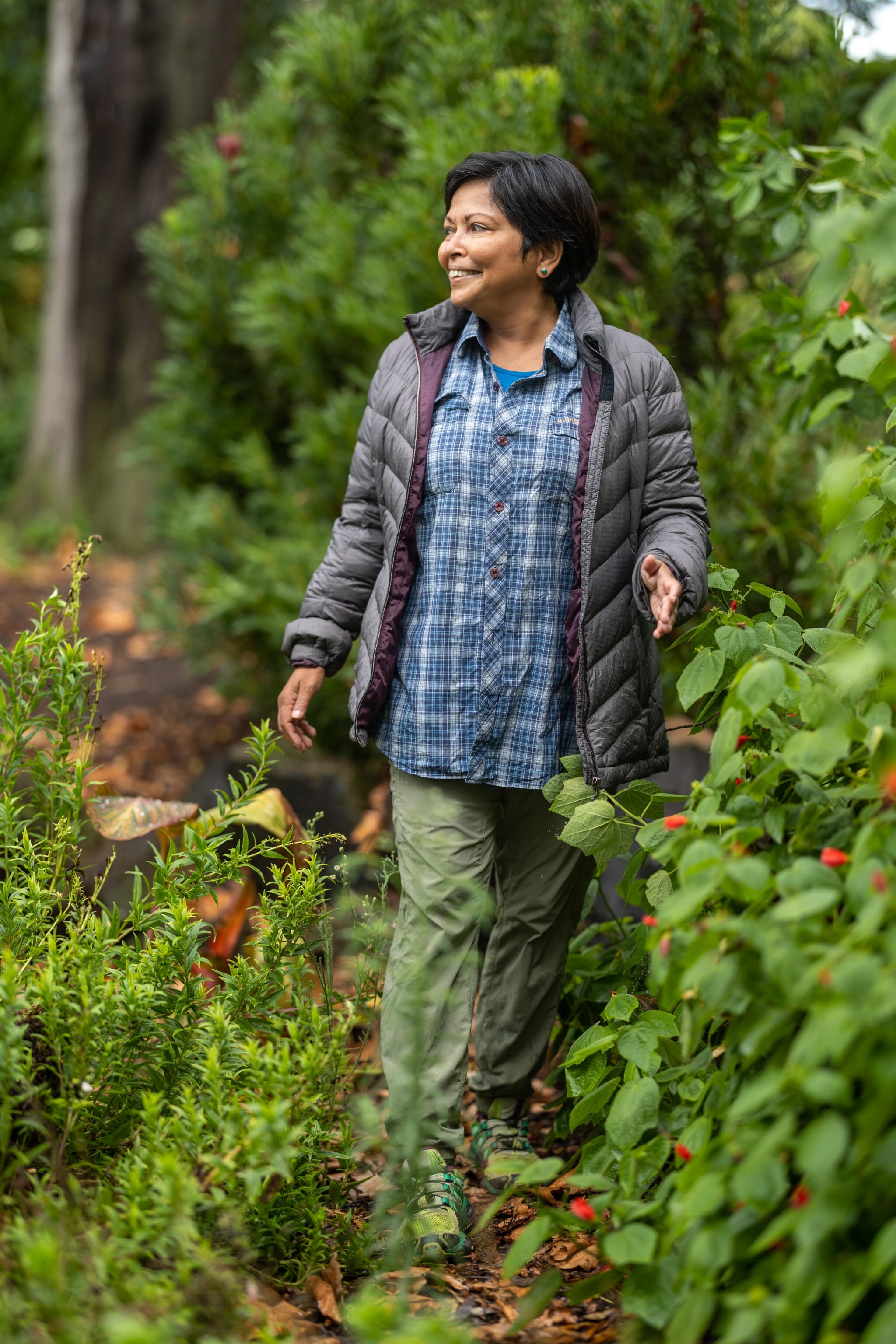
Long sleeved shirt
Warm top
Winter Mid Layer
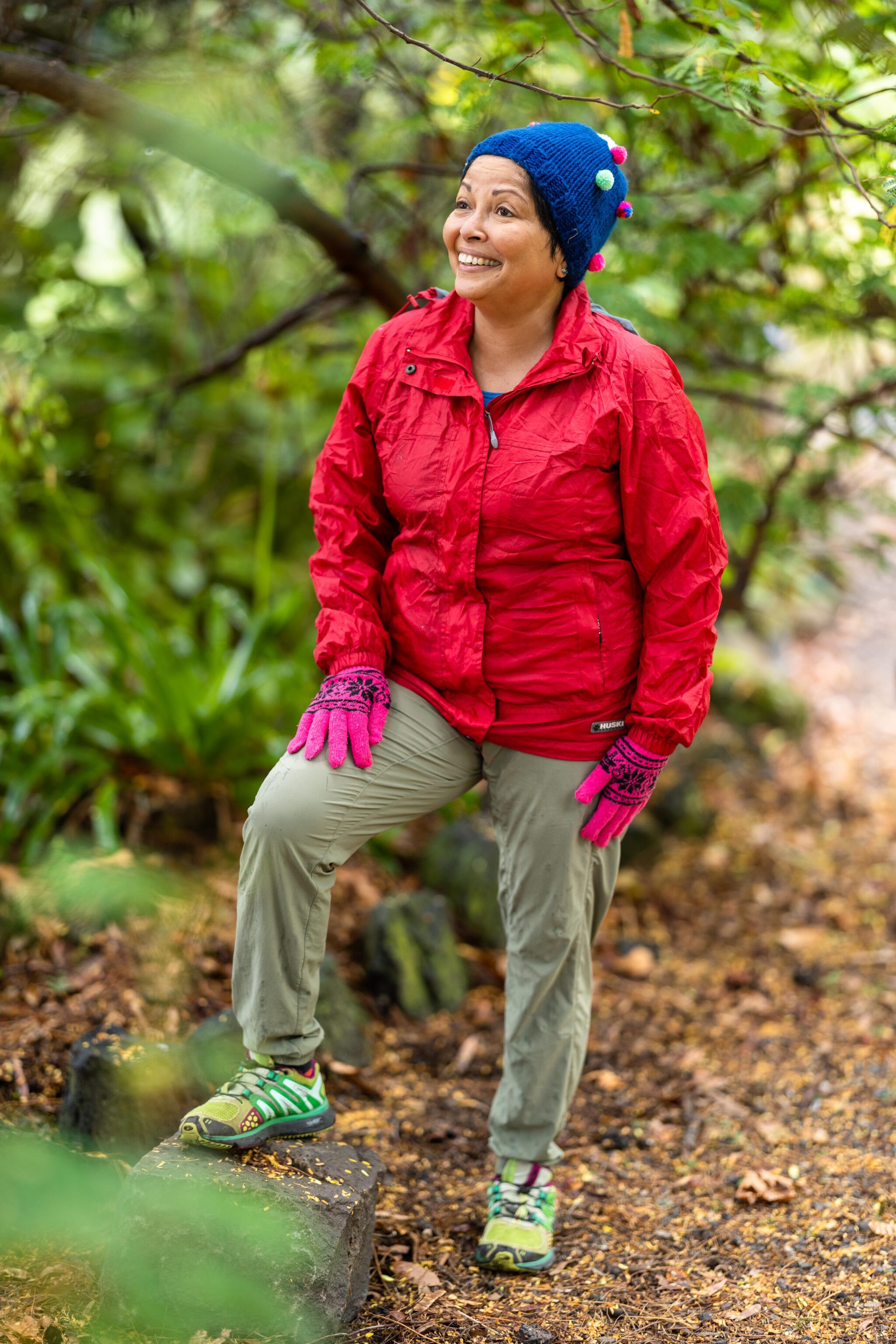
Warm hat
Rain coat
Warm gloves
Winter Outer Layer
In winter
- Bring 3 or 4 layers of clothing that you can take off if you get warm and put on when cold.
- Include a long sleeved shirt, thermal top and a fleece or woollen jumper.
- Wear long pants and perhaps waterproof over-pants. Denim jeans are not suitable for cold or wet conditions.
- Waterproof and comfortable enclosed walking or sports shoes are best.
- Rain jacket is essential.
- Beanie and gloves are important, and consider spare socks.
- Have spare clothes in your car in case of a mishap.
On the Walk
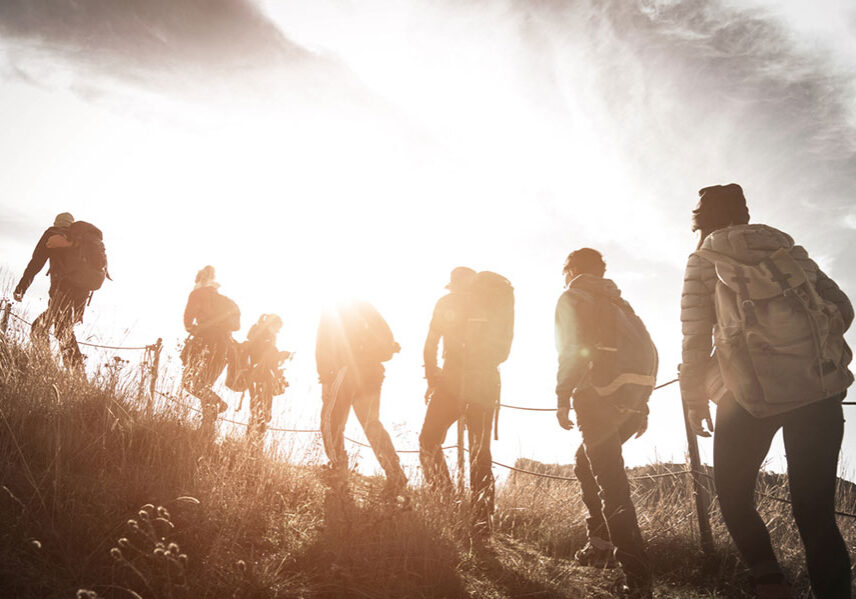
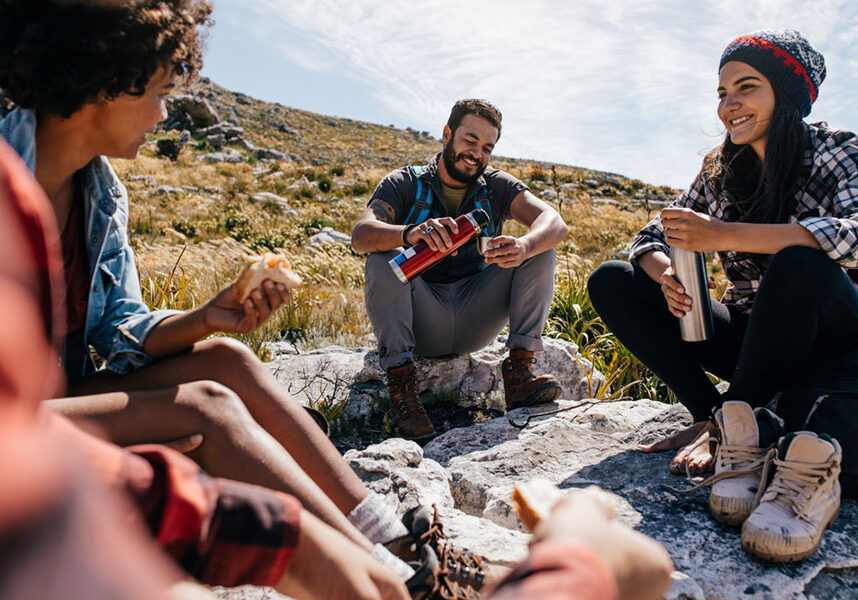
Walking as a group
- Make sure there are enough daylight hours to complete the walk. Do not start in the late afternoon.
- Count the number of walkers before you start and check that everyone is there whenever you stop.
- If your group size is more than 6 nominate a stronger walker to stay at the back to see that everyone keeps up.
- Check your map regularly and keep on the track.
- Wait for the whole group whenever the trail joins another track.
- Don’t lose sight of others in the group.
- Walk at the pace that is most comfortable for the slowest walker.
- The walking pace will get slower the further you go, and when there are hills.
- Look out for each other and other walkers.
- Stop regularly to ask how everyone is feeling, to have a drink and snack.
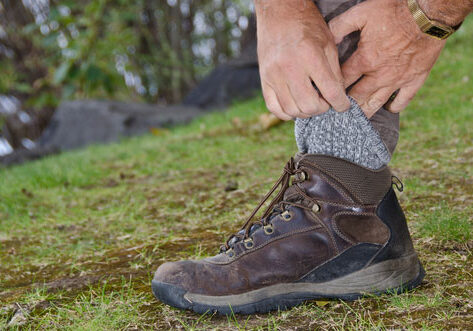
Stay dry, stay cool
- Once our clothes get wet, our body temperature can fall quickly and we can feel miserable. Getting too cold is dangerous.
- Keep your feet dry and wear longer socks that you can tuck your trousers into so they don’t get wet.
- On hot days it is easy to dehydrate. Wear a hat and sunscreen. Take rest stops in the shade and drink plenty of water.
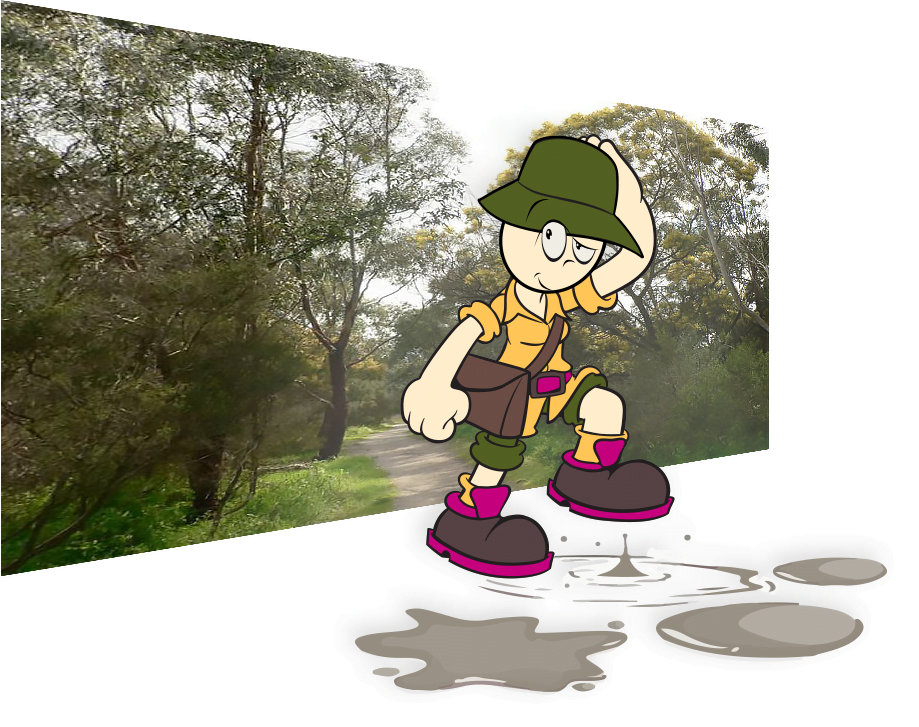
Leave no trace
- Take all your rubbish home, including tissues.
- Bury or carry out all toilet waste and do not use non degradable wipes.
- Walk through mud and climb over obstacles on the path rather than damage nearby vegetation.
- Do not pick anything or take home any souvenirs.
- Respect nature and other walkers by not having loud music, phones or excessive talking.
Problems & Issues
People issues
- Keep an eye on your time - will you get to the end on time? If not, do you need to turn around or shorten the walk?
- Sometimes there can be a disagreement about what to do or the route to take. Try to follow the leader’s guidance. If the group has to split, never let anyone go off alone. Always get at least one other person to go with them.
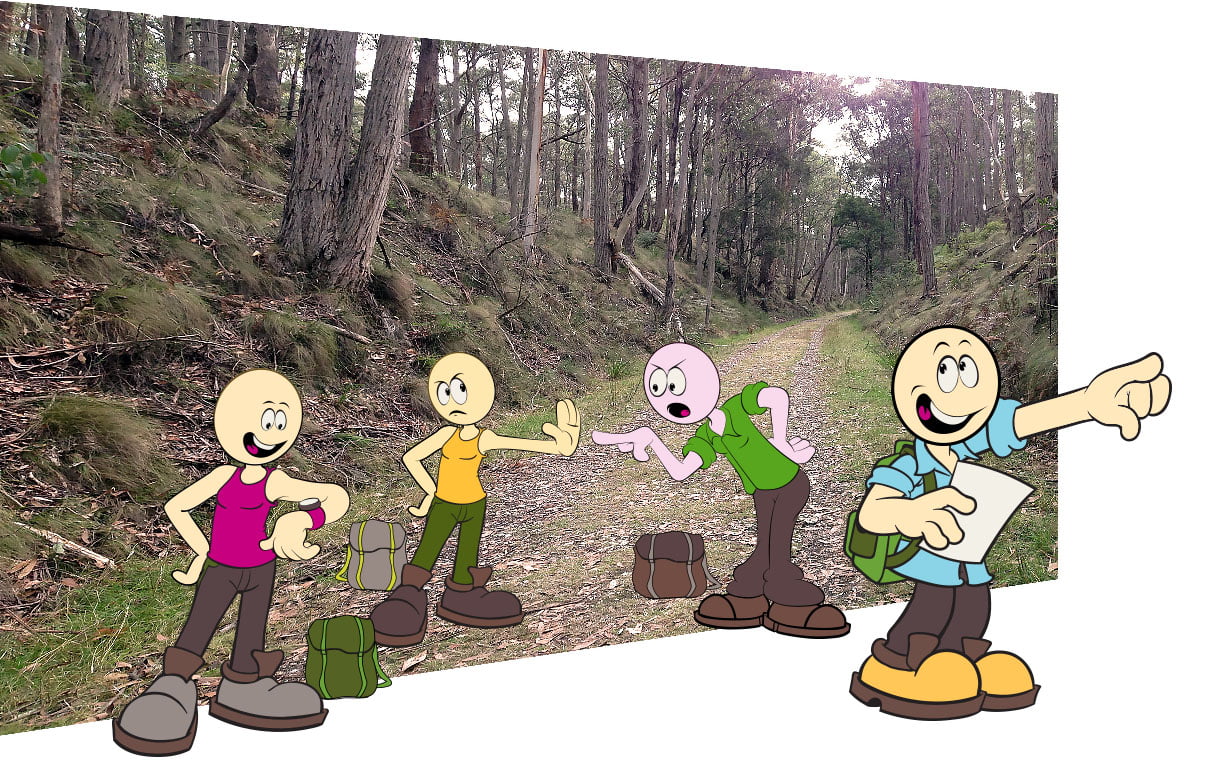
If you are lost
- Try to retrace your steps until you recognise being on the right track, then either return to the beginning or follow the correct path.
- If you are still lost use the Emergency Plus app to call 000 and ask for Police. Tell them that you are lost in the bush. They will ask questions and direct you.
- Stay together as a group.
- Stay warm and dry.
In an emergency
- If someone is injured and cannot walk, use the Emergency Plus app to ring 000 and ask for the Police.
- The 000 number will work on your phone even if you have no credit.
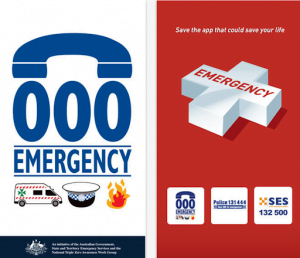
Environment problems
- Do not walk on Total Fire Ban days, or in an area where bushfires are active or predicted.
- Check the forecast again on the morning of the walk. Conditions can change quickly so do not go on a hike if bad weather is likely. This includes stormy weather, heavy rain, very hot weather (over 28 degrees) and high winds (over 40 km/ hr) in forest areas. Carry extra water in hot weather.
- Be prepared to change your plans to suit the conditions
Unfriendly animals: snakes, leeches, insects
- Most snakes will avoid you, but they can be found on tracks sunning themselves. Keep alert. If you see a snake, stand clear and make noise. They will usually then move away. Do not try to hit them with a stick and do not throw stones at them.
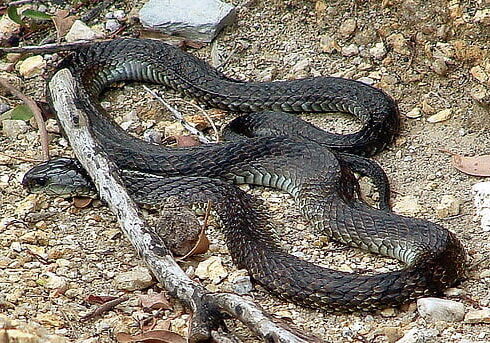

- Australian leeches live on the ground, rather than in water as in some other countries. Leeches can be a problem in wet areas, near rivers and when you stop to sit on the ground. Wear long socks that you can tuck your trousers into to prevent them getting onto your legs. Check each other and any bags left on the ground. Leeches will fall off if you wipe them with sunscreen lotion, insect repellent or any alcohol-based product. Hand sanitiser or antiseptic should be used on any wounds.
- Mosquitoes, ants and other insects could be a problem so carry a tube of insect repellent and antiseptic cream for any cuts or bites.
After Your First Walk
At the end of the walk
- Make sure everyone has returned safely.
- After any exercise it is important to drink plenty of water even if you do not feel thirsty.
- Wait until all cars have started before you drive off, so nobody is left behind.
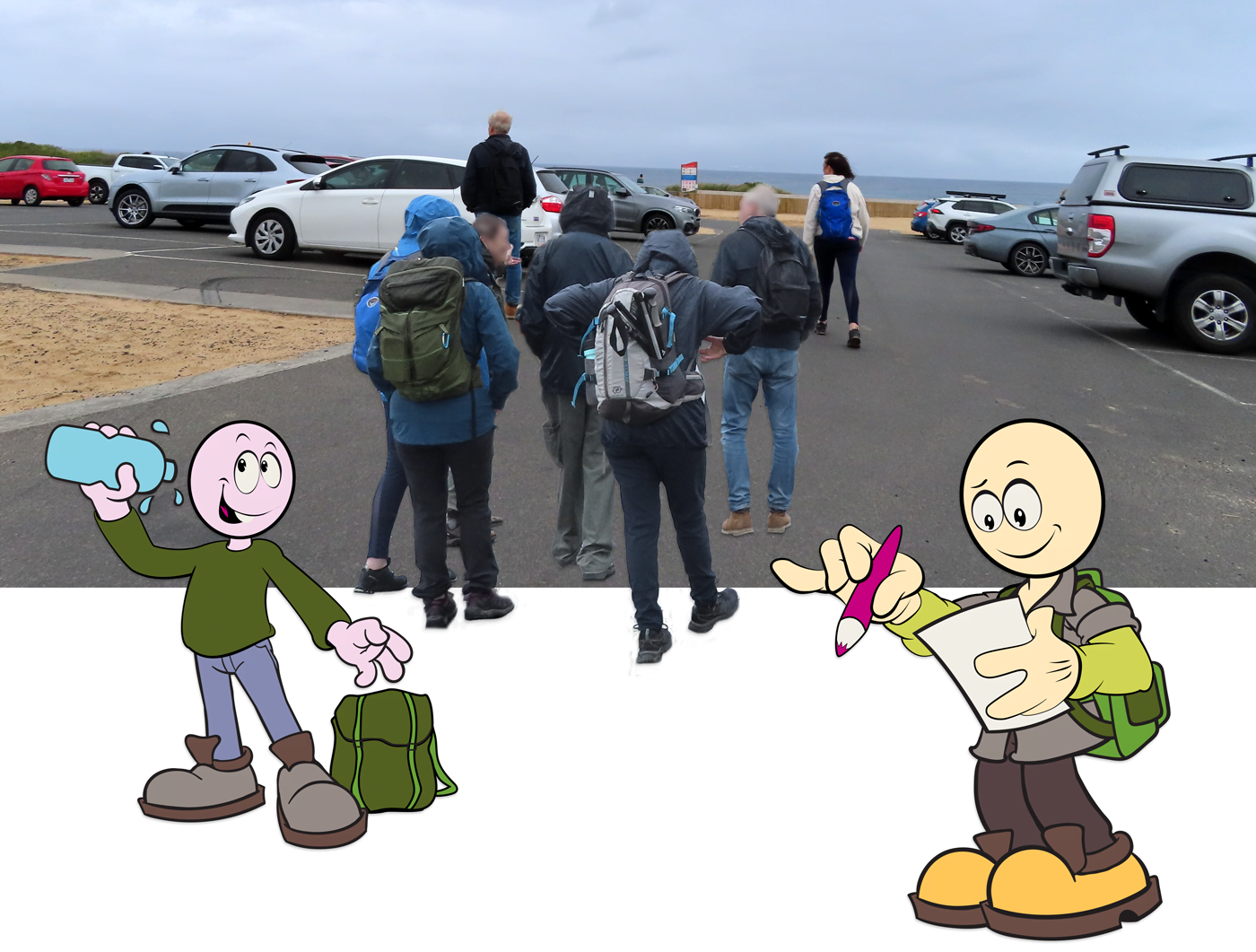
After you get home
- Notify your emergency contact that you have returned.
- Clean all shoes, clothes and equipment so that you do not spread disease, dirt, or germs that can harm plants and animals from one area to another.
- Share photos and memories of your walk with friends.
Do you want to do more bushwalks?
The best way to learn more about bushwalking and find interesting places to walk is to join a bushwalking club.
- You will be able to choose from a wide range of walks and be led by an experienced leader.
- You will meet other people who enjoy walking.
- Joining a club is the cheapest and safest way to learn about bushwalking.
Find other places to walk
- on the Bushwalking Victoria website
- on the Parks Victoria website
- in state forests by using the More to Explore app.
The Bushwalking Victoria website also has more detailed information
